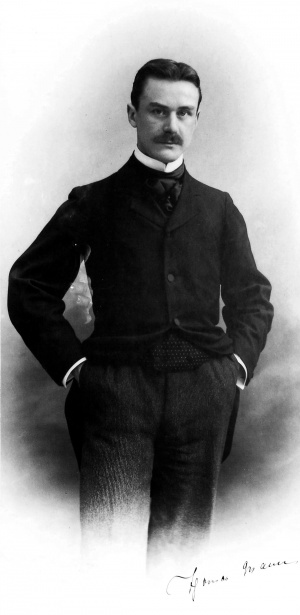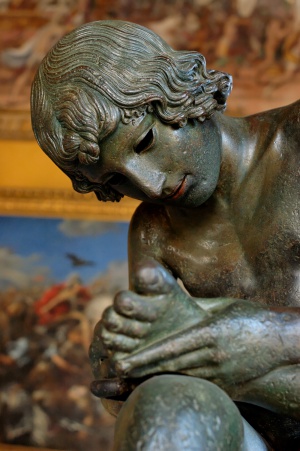(Boylove Documentary Sourcebook) - Thomas Mann in Venice

From "Thomas Mann: Exit Pursued by Biographers", in Love in a Dark Time: And Other Explorations of Gay Lives and Literature by Colm Tóibín (New York: Scribner, 2004), originally published in 2001 in Australia by Pan Macmillan, quoting the autobiography Katia Mann: Unwritten Memories (Katia Mann: Meine ungeschriebenen Memoiren, 1974), edited by Elisabeth Plessen and Michael Mann, translated from the German by Hunter and Hildegarde Hannum (New York: Alfred A. Knopf, 1975).
Even the boy in Death in Venice was based on a real boy. Katia Mann remembered being on holiday in Venice with Thomas and Heinrich in the spring of 1911.
All the details of the story, beginning with the man at the cemetery, are taken from actual experience . . . In the dining-room, on the very first day, we saw the Polish family, which looked exactly the way my husband described them: the girls were dressed rather stiffly and severely, and the very charming, beautiful boy of about thirteen was wearing a sailor suit with an open collar and very pretty lacings. He caught my husband’s attention immediately. This boy was tremendously attractive, and my husband was always watching him with his companions on the beach. He didn’t pursue him through all of Venice—that he didn’t do—but the boy did fascinate him, and he thought of him often . . . I still remember that my uncle, Privy Counsellor Friedberg, a famous professor of canon law in Leipzig, was outraged: ‘What a story! And a married man with a family!’
